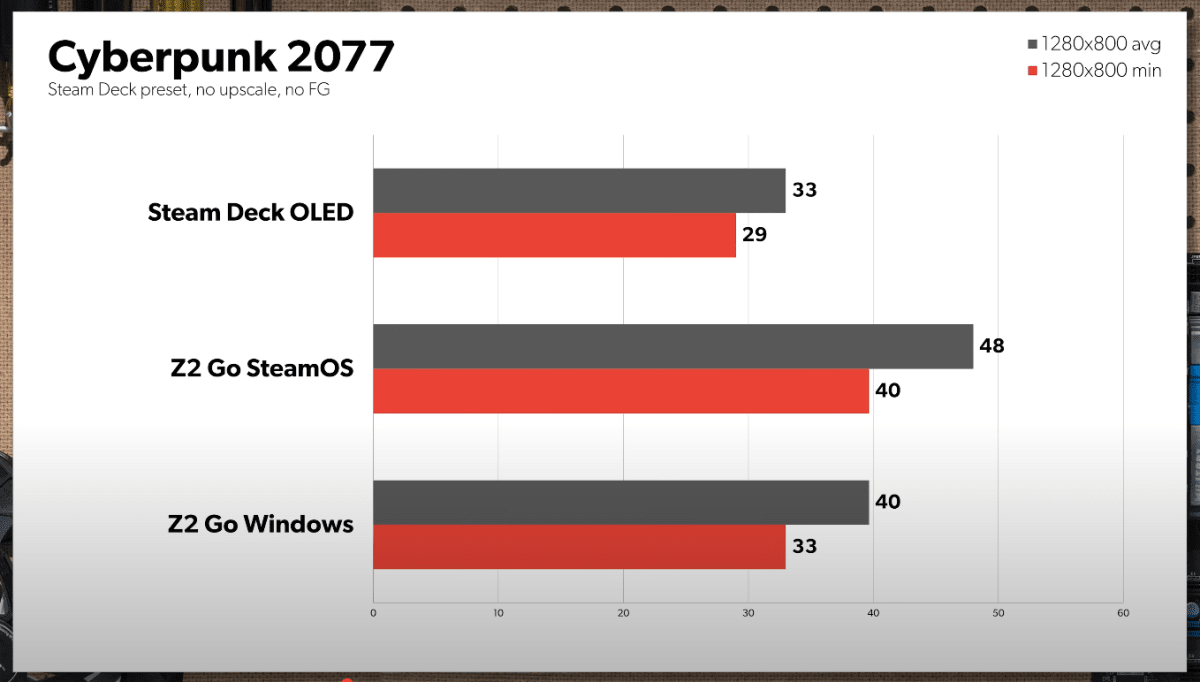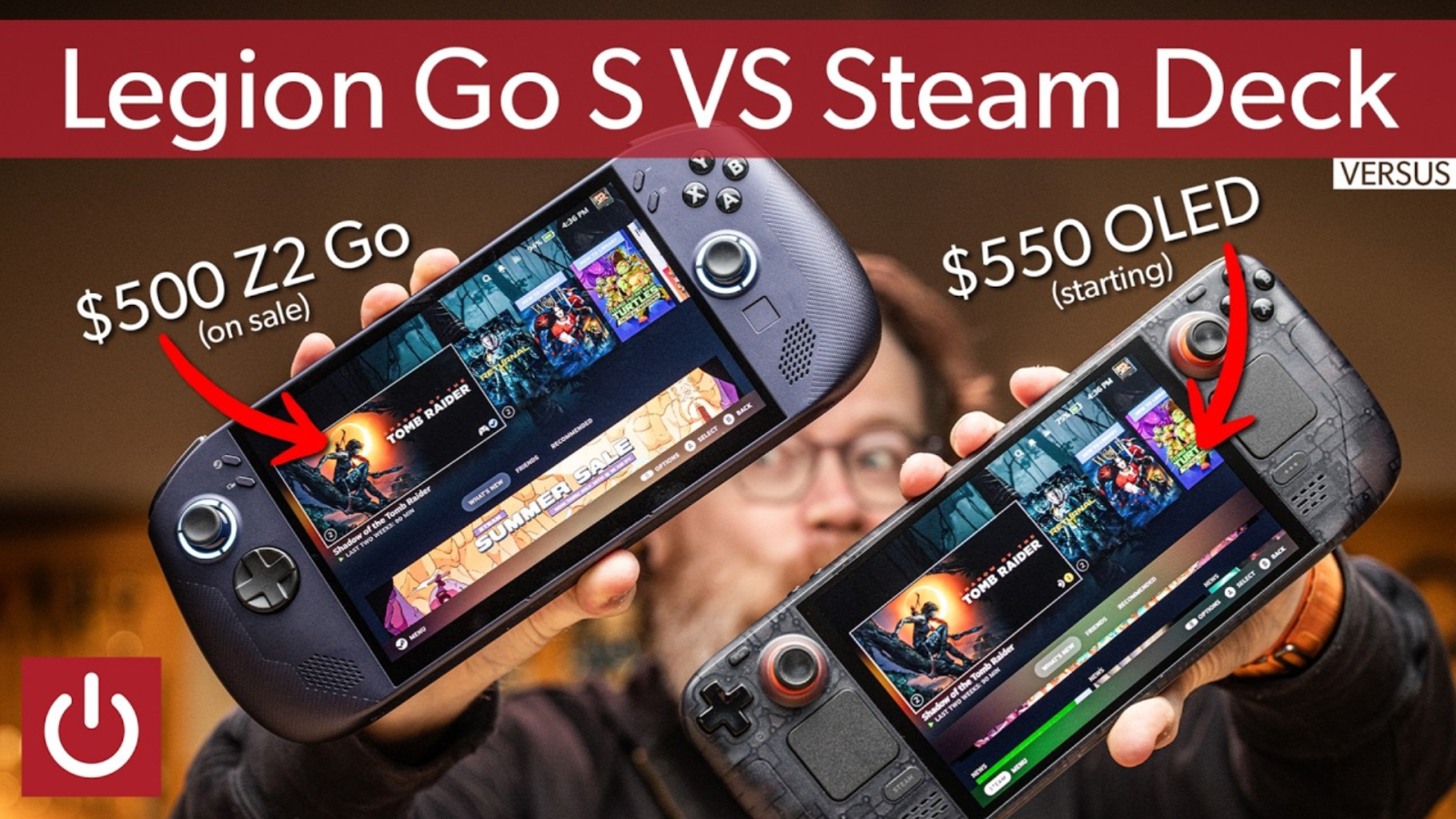Despite facing numerous competitors, both large and small, the Steam Deck is still the top choice for those looking to play PC games on a portable device—and the fact that Windows is not very user-friendly on such devices plays a significant role in this. However, the Lenovo Legion Go S has now been released.with SteamOS built in. So, which one is better now? Certified handheld enthusiast Adam Patrick Murray explains it to us.
Specifically, we’re referring to the base model Lenovo Legion Go S SteamOS Edition (that’s quite a long name) featuring a Ryzen Z2 Go processor. This device is currently available for purchase.approximately $500 at times, versus the Steam Deck OLED for $550The initial upgrade from the $400 model offers better compatibility with the new Lenovo device, featuring an enhanced display, longer-lasting battery, and a 512GB storage drive.
The OLED display is clearly a significant upgrade compared to the more affordable option, but the Legion Go S’s screen is exceptionally good for an LCD, and it’s also larger, more detailed, quicker, and features a variable refresh rate. Therefore, your choice will likely depend on personal preference (or a requirement for competitive speed) rather than a straightforward “this one is better” decision. Will Smith is undecided between the options.
What about the specifications? Although these devices are quite similar, the main difference is that the Legion Go S features a significantly newer processor. The Ryzen Z2 Go isn’t a groundbreaking powerhouse by any stretch, and it has a comparable AMD 4-core configuration. However, its more recent Zen 3 architecture offers greater performance and additional space in the integrated GPU, particularly when running high-end PC games at higher screen resolutions. The Legion Go S comes with 16GB of RAM, matching the Steam Deck, but it operates slightly faster.
The key point is that the Z2 Go variant of the Legion Go S delivers significantly better performance, with a difference of approximately 20 to 40 percent in gaming. (The Z2 Extreme model offers an even greater improvement, though it comes at a higher cost.) Importantly, this performance level aligns with the Steam Deck’s 1280×800 resolution. Therefore, if you’re prioritizing raw power, Lenovo’s newer model is the superior choice.

Foundry
How does the device’s physical design and grip feel? The Legion Go S is larger and more substantial, primarily due to its bigger and taller display. Adam finds it more comfortable to hold, but Will mentions that Lenovo includes only one rear “paddle” button on each side, whereas the Steam Deck has two. The Steam Deck’s two larger touchpads are also more effective for general navigation and offer greater in-game flexibility. The Legion Go S is heavier, noisier, and Adam notes that the vibration motors are not as satisfactory.
The Steam Deck also has some drawbacks. People accustomed to Xbox-style controls may not appreciate the unique positioning of the sticks inside the D-pad and action buttons, and individuals with smaller hands might find them hard to access. Unfortunately, this will be a very personal choice, and you’ll need to try both models to decide which one suits you best.
Even though both devices run SteamOS, it’s hard to argue that the experience is more seamless on the Steam Deck. And it’s not Lenovo’s fault! Instead, Valve has been providing support for the Steam Deck for three years, while the Legion Go is still very new in comparison. You’ll likely encounter fewer issues with games on the Steam Deck, particularly when it comes to tasks like typing, adjusting screen resolution, or customizing controls, compared to the Legion Go S. Software support, especially regarding driver support for Linux-based SteamOS, is still somewhat uncertain.
Adam mentions that although he likes the screen, improved performance, and comfort, he would still choose the Steam Deck OLED right now. Will is also arriving at a similar conclusion. For more in-depth explorations of PC gaming, make sure tosubscribe to on YouTube and check out our weekly podcast Full Nerd.







